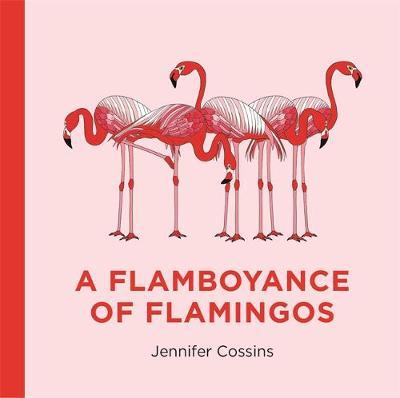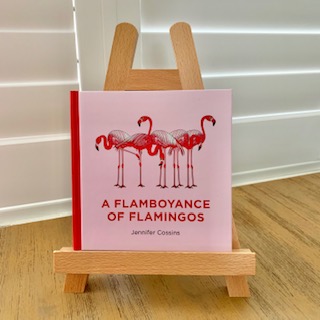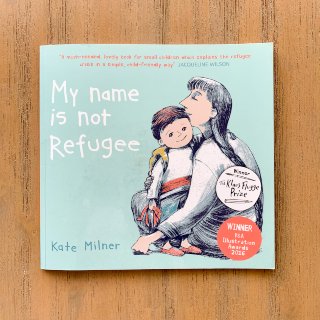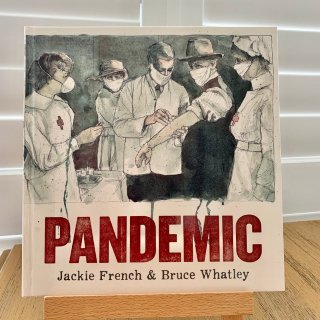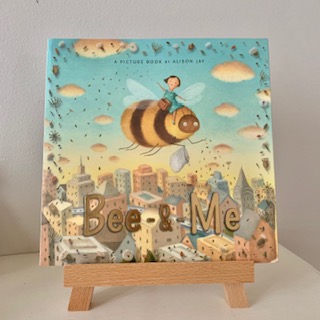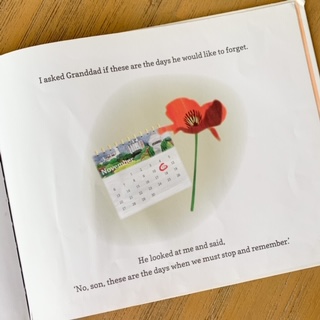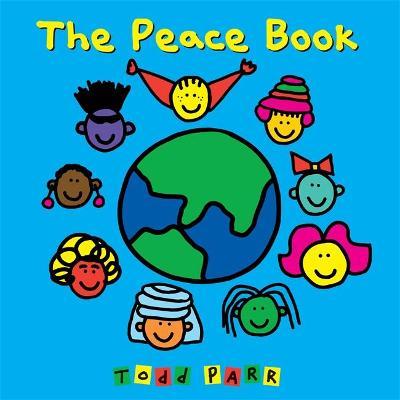A Flamboyance of Flamingos
Free lesson plan, writing template and printable word-search puzzles for kids
Best suited to:
Years 2 – 6
KLAs covered:
English (collective nouns)
Learning:
- how do we describe a group of things that are the same?
- why do we use collective nouns?
- building vocabulary;
- using our imaginations to create new collective nouns;
- the reasons why we use certain words can sometimes be traced back hundreds of years to how people thought and what they believed;
Need to know:
- a simple book showing a collective noun for a group of animals on each page;
- features 30 common and unusual collective nouns for groups of animals;
- beautiful illustrations accompany the text;
- an engaging book for introducing or reviewing collective nouns;
- this is a small-format, hardcover book measuring 15.7cm x 15.7cm;
Discussion Questions (before reading):
- ask children to define a noun. Are there different kinds of nouns?
- if children don’t mention collective nouns, ask: what do we call nouns we use to describe groups of things that are the same?
- brainstorm some collective nouns as a class and write them on the class whiteboard;
- tell children that some collective nouns are ones we hear all the time (like the ones you have brainstormed) and that sometimes writers create new collective nouns to describe groups of things in more interesting ways;
- tell children we have collective nouns for lots of groups of things, animals and people but the book we’re going to read today is about some of the collective nouns we use for animals;
Discussion Questions (after reading):
- ask children what they thought of the book. Were any of the collective nouns familiar to them? Which ones were new? Which ones did they find most interesting/funny/strange?
- show the children the pages which show cockatoos and kookaburras and read them again. Ask: have you heard these collective nouns before? Why do you think someone might choose these collective nouns for these particular birds? (they’re noisy birds and ‘crackle’ and ‘riot’ make us think of the noises they make);
- show the children the pages which show owls and crows. Clarify the meaning of the word ‘parliament’ and tell the children these two collective nouns have been used for hundreds of years. Ask: why do you think these words might be used for these birds? (owls have long been considered wise birds; crows are scavengers and they are black so they have long been associated with death);
- discuss why some of the other collective nouns in the book might have been chosen. What does the collective noun tell us about the animal it describes? (behaviour, appearance) Do you like this collective noun? Why or why not? Can you think of a better/different collective noun for this animal?
- ask children if some collective nouns for animals are used only for one animal (refer to the before-reading brainstorm on the whiteboard, if relevant). Discuss the fact that ‘pride’ is only ever used as a collective noun for lions, never for other animals like dogs or cows. Discuss the fact that ‘mob’ can be used as a collective noun for several different animals (sheep, kangaroos);
- tell children that authors often invent their own collective nouns to make their writing more interesting. They think of how an animal looks, how it behaves, how it makes them feel and what it reminds them of and they use these ideas to create imaginative collective nouns;
Activities:
Years 2 – 4
- children choose one or more of the collective nouns displayed on the whiteboard, write it and illustrate;
- children complete a worksheet of common collective nouns for animals (coming soon!)
- children complete a worksheet of unusual collective nouns for animals (coming soon!);
In pairs or individually:
- children discuss an animal – or several animals – and their characteristics and behaviours. They create their own collective nouns based on the characteristics or behaviour of the animals and illustrate it;
- children share their ideas with the class and write their collective nouns on the class whiteboard;
In pairs or individually:
- give each child a planning sheet (coming soon!) and have them think about an animal of their choice. Remind them that this can be an insect, reptile, bird, fish or other animal;
- children use dot points to record how the animal behaves, what it looks like, how it makes them feel and what it reminds them of/anything they associate with the animal;
- they use this information to invent a new collective noun for their animal;
Years 5 – 6
Computers or ipads are required for this task
- in pairs or individually, children research actual – but unusual – collective nouns. They choose two that appeal to them but that they don’t think their classmates will have heard before;
- they then invent two collective nouns that don’t exist but that are creative and sound appropriate to the noun. They need to seem like real collective nouns!
- children divide a sheet of paper or a page in their books into four and write and illustrate their four collective nouns. For each collective noun they create a quality sentence using that collective noun;
- children swap their pages with their classmates who try to guess which are the two ‘real’ collective nouns and which are the two that have been created;
With thanks to Corbett Harrison for this great lesson idea.
Your free, printable word-search puzzles and writing template
These free printable word-search puzzles for kids are great for building and reinforcing the vocabulary used when discussing A Flamboyance of Flamingos.
There are three different puzzles in this file to enable you to differentiate the activity according to the needs of your students.
Download and print our free writing template for use with A Flamboyance of Flamingos here (PDF).

